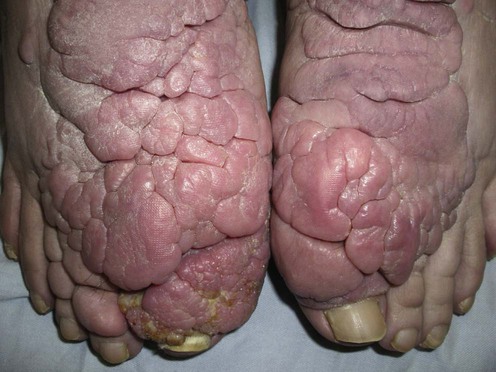Cynthia O. Anyanwu, Preston W. Chadwick and Warren R. Heymann
Pretibial myxedema

Specific investigations
Pretibial myxedema

Cynthia O. Anyanwu, Preston W. Chadwick and Warren R. Heymann
Pretibial myxedema

Specific investigations
